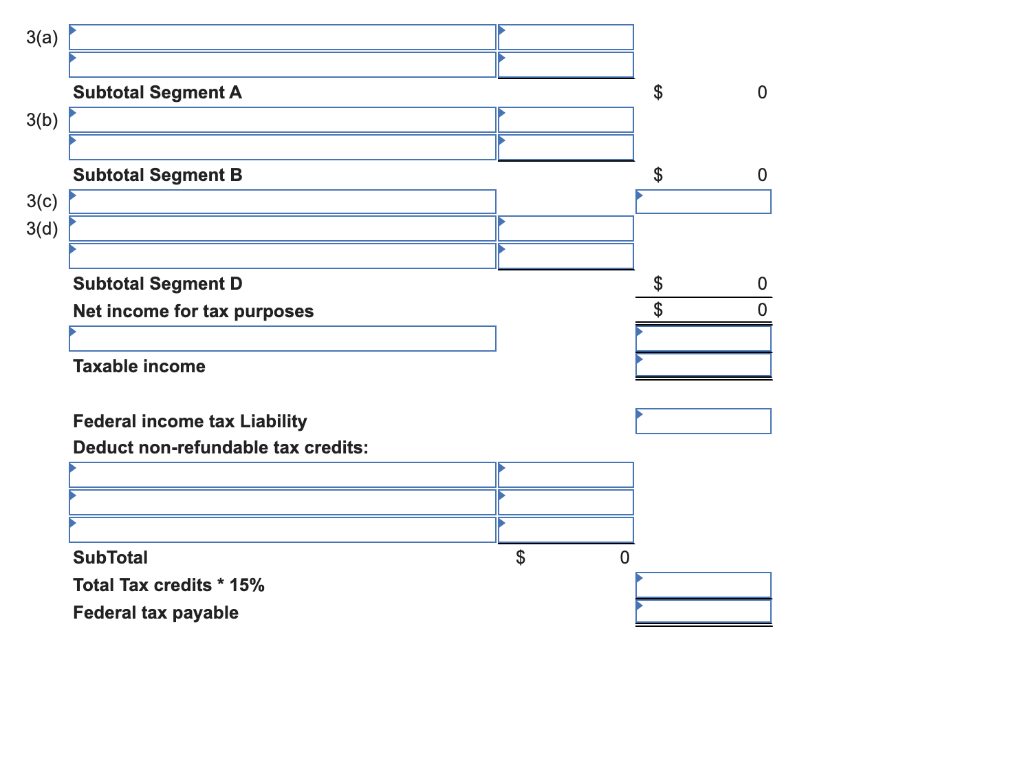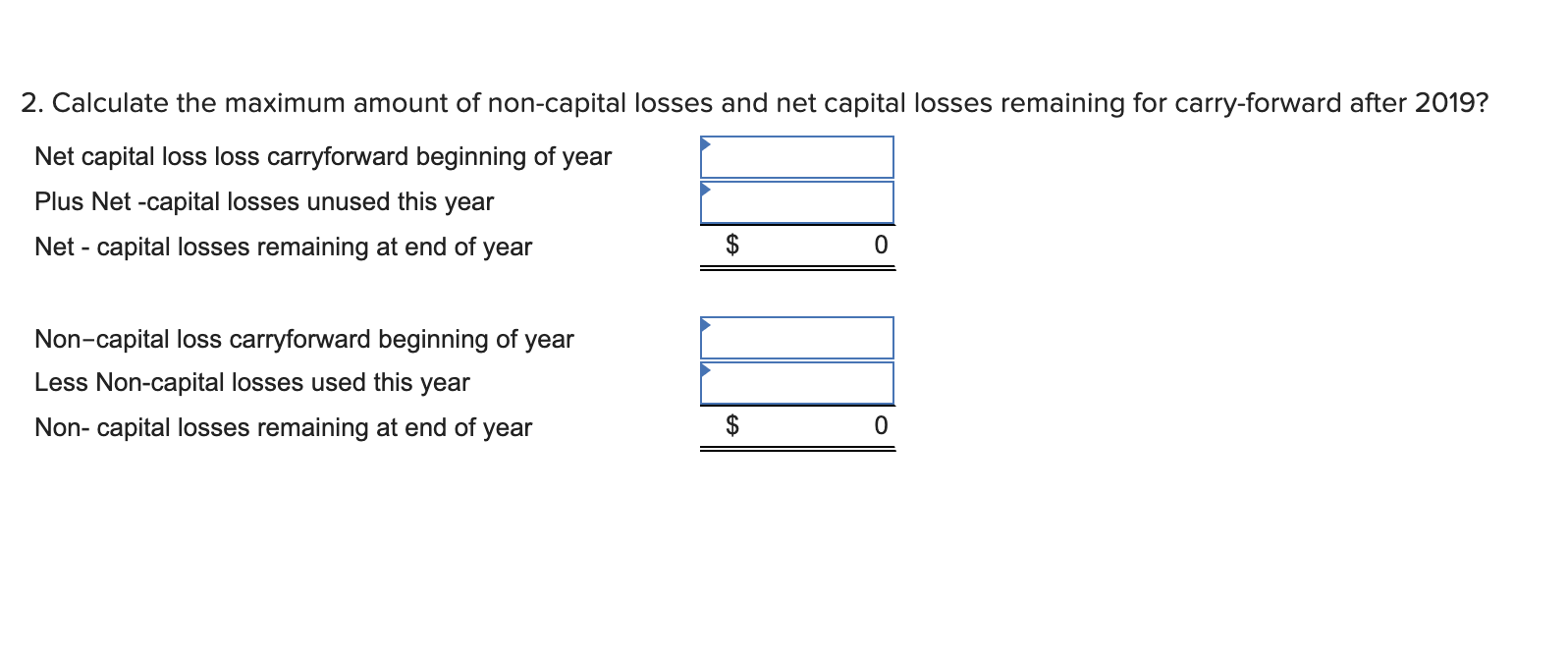Question
In 2019, Gary Kwok, who is single, earned the following income and incurred the following losses: Employment income $ 15,000 Business loss ($ 5,500) Taxable
In 2019, Gary Kwok, who is single, earned the following income and incurred the following losses:
| Employment income | $ 15,000 |
| Business loss | ($ 5,500) |
| Taxable capital gains | $ 4,000 |
| Property income (interest) | $ 16,500 |
| Allowable capital loss from the sale of shares of public corporations | ($ 8,000) |
| Allowable capital loss from the sale of shares of a CCPC that qualifies as a small business corporation | ($ 5,000) |
At the end of 2018, Kwok had:
- unused net capital losses of $ 19,000 and
- unused non-capital losses of $40,000.
Kwok does not want to pay any federal tax in 2019. For 2019, Kwok is entitled to
- the basic personal tax credit $12,069,
- the Canada employment credit $1,222 and
- the CPP & EI credit amount of $1,228.
Required:
1. Calculate Kwoks Net income for tax purposes which would result in no tax liability after deducting tax credits.
In 2019, Gary Kwok, who is single, earned the following income and incurred the following losses:
| Employment income | $ 15,000 |
| Business loss | ($ 5,500) |
| Taxable capital gains | $ 4,000 |
| Property income (interest) | $ 16,500 |
| Allowable capital loss from the sale of shares of public corporations | ($ 8,000) |
| Allowable capital loss from the sale of shares of a CCPC that qualifies as a small business corporation | ($ 5,000) |
At the end of 2018, Kwok had:
- unused net capital losses of $ 19,000 and
- unused non-capital losses of $40,000.
Kwok does not want to pay any federal tax in 2019. For 2019, Kwok is entitled to
- the basic personal tax credit $12,069,
- the Canada employment credit $1,222 and
- the CPP & EI credit amount of $1,228.
Required:
1. Calculate Kwoks Net income for tax purposes which would result in no tax liability after deducting tax credits.


Step by Step Solution
There are 3 Steps involved in it
Step: 1

Get Instant Access to Expert-Tailored Solutions
See step-by-step solutions with expert insights and AI powered tools for academic success
Step: 2

Step: 3

Ace Your Homework with AI
Get the answers you need in no time with our AI-driven, step-by-step assistance
Get Started


